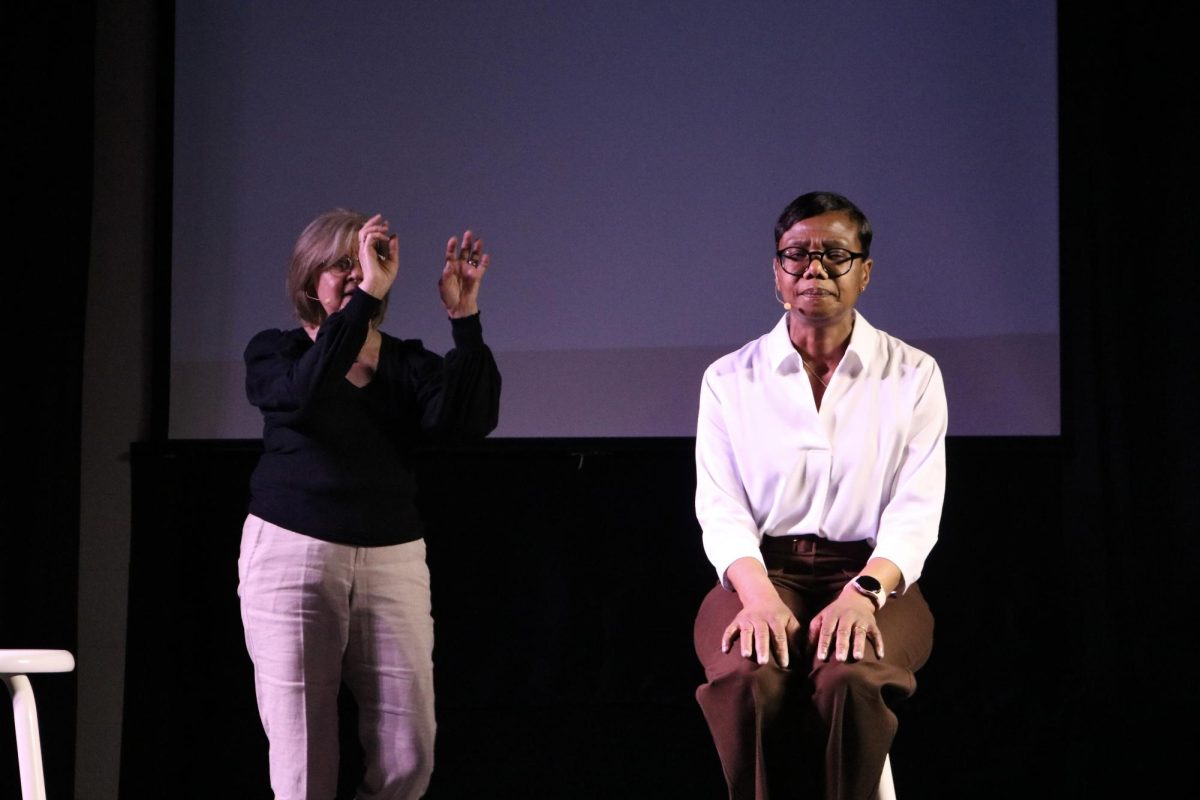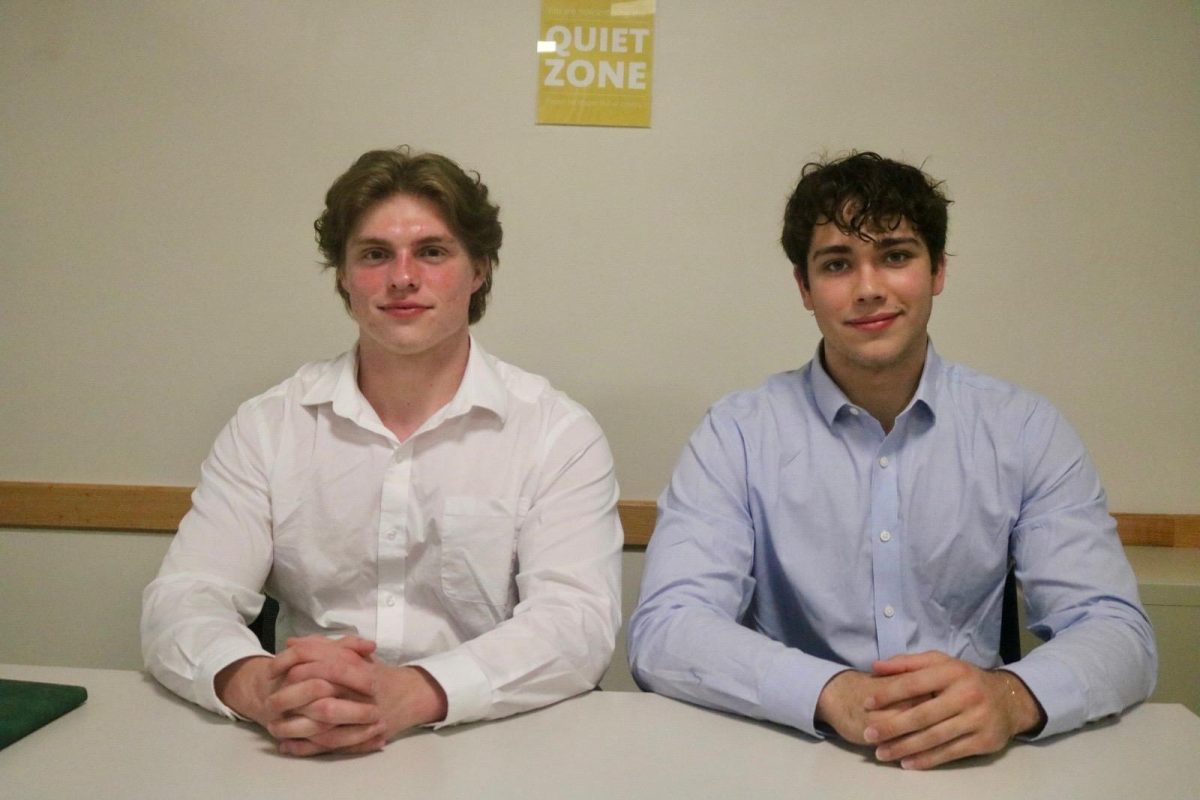
By Philip Kiely
kielyphi@grinnell.edu
The Office of Development and Alumni Relations and the Office of Communications announced in August that monetary commitments have increased 15.5 percent over last fiscal year (FY16). These gifts total 26,973,773 dollars, a 3.6 million dollar increase from last year.
“The College continues to find new ways to share its story,” said Shane Jacobson, Vice President of Development and Alumni Relations.
This message is resonating with alumni. In FY16, Grinnell received gifts from 245 alumni who had never given previously.
The College is also connecting to the rest of the Grinnell community. Of the 11,375 gifts the College received, only 7,098 were from alumni. Parents, friends of the College, faculty and staff made up the other group of givers.
One large factor in the recent increase in giving has been Scarlet and Give Back day. On April 7, 2016, a challenge grant from an anonymous donor paid one million dollars to the College after 3,376 individual donors gave on the same day.
Regardless of monetary amount, gifts of all sizes play a role in supporting the College.
“There is no such thing as a small gift,” said Milliana Zonarich ’17, a student manager for Phonathon, an organization of 30 students who call alumni and parents throughout the year asking for donations to the College.
“Every gift … directly helps students,” Zonarich said. “There’s this feeling that you can’t give unless you’re going to get a building named after you.”
In reality, the median gift last year was 150 dollars. Zonarich also emphasized that the College does not just ask for money. Alumni donate the four T’s: time, talent, treasure and ties.
Phonathon is responsible for reaching out to the majority of those associated with Grinnell. They solicit gifts from alumni, while also offering alumni a chance to talk with current students. When giving, a donor has the option to specify how they want their money to be spent.
“You can give to whatever you want to,” Zonarich said. “Any team, any student organization, anything. You [have the] ability to be creative with where you want to send your money. It is like saying ‘this is something that I really appreciate, Grinnell’ and saying it directly.”
In fact, the amount of control donors have over their gifts is part of the reason why gifts are needed in the first place.
“The endowment isn’t a piggy bank or a checking account,” Zonarich said. The money in the endowment is a collection of small funds, each with its own purpose. She gave folk dancing in Indiana as an example of the esoteric activities that there are dedicated bequests to.
The endowment does a lot to fund the day-to-day operations of the school, but is only a part of the three-legged stool that supports the college. These three legs are endowment, net student revenue and charitable gifts.
“They all have to be in balance, otherwise the stool tips over,” Zonarich said. “Gifts right now is a lot smaller than we want it to be, so we’re relying too heavily on the endowment.”
However, if the current trend continues then balance should be achieved.
“We currently sit at the middle of our peer group in terms of alumni participation rates, and so I think it tells me we have more room to grow,” Jacobson said. “The best practice in higher education is to have a six — or seven — or eight-year fundraising campaign where you attempt to raise significantly more resources for students … and faculty,” said Jacobson.
The senior administration, president and board of trustees have recently decided that Grinnell is ready to have its first such comprehensive campaign in over 20 years. A group of high impact donors have also advocated for the campaign, which will officially begin in a couple of years. Once it begins, the campaign is expected to last 10 years.

















































